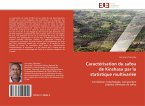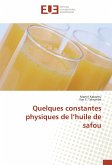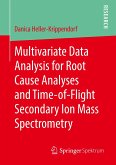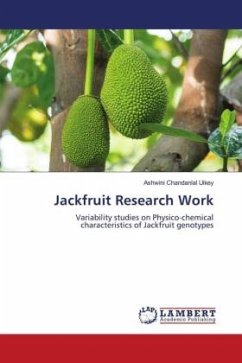Valorization of safou in DRC is our main preoccupations based on the need to contribute to reduce the post harvest loss of this fruit. Safou collected in housing parcels has been compared to the ones collected in pure culture based on oil content. The fatty acid composition on average for this safou is as following: C16 :0 acid (43,5 %), C18 :0 acid (2,99 %), C18 :1 acid (30,6 %), C18 :2 acid (20,7 %), C18 :3 acid (5,5 %). It appeared that the more abundant fruits have an average calibre characterized of 6,1 cm length, 3 cm width, 0,5 cm thickness and 42,2 g of mass. These values are in perfect harmony with the literature obtained in other districts in central Africa. In applying principal component analysis, we can conclude that information about safou morphology can be obtained through his length and width because a high correlation level between morphological and physical characteristics. It has been observed that there is no correlation between fruit morphology and the oleaginous character of pulp.Valorization of safou in DRC is our main preoccupations based on the need to contribute to reduce the post harvest loss of this fruit. Safou collected in housing parcels has been compared to the ones collected in pure culture based on oil content. The fatty acid composition on average for this safou is as following: C16 :0 acid (43,5 %), C18 :0 acid (2,99 %), C18 :1 acid (30,6 %), C18 :2 acid (20,7 %), C18 :3 acid (5,5 %). It appeared that the more abundant fruits have an average calibre characterized of 6,1 cm length, 3 cm width, 0,5 cm thickness and 42,2 g of mass. These values are in perfect harmony with the literature obtained in other districts in central Africa. In applying principal component analysis, we can conclude that information about safou morphology can be obtained through his length and width because a high correlation level between morphological and physical characteristics. It has been observed that there is no correlation between fruit morphology and the oleaginous character of pulp.
Bitte wählen Sie Ihr Anliegen aus.
Rechnungen
Retourenschein anfordern
Bestellstatus
Storno








